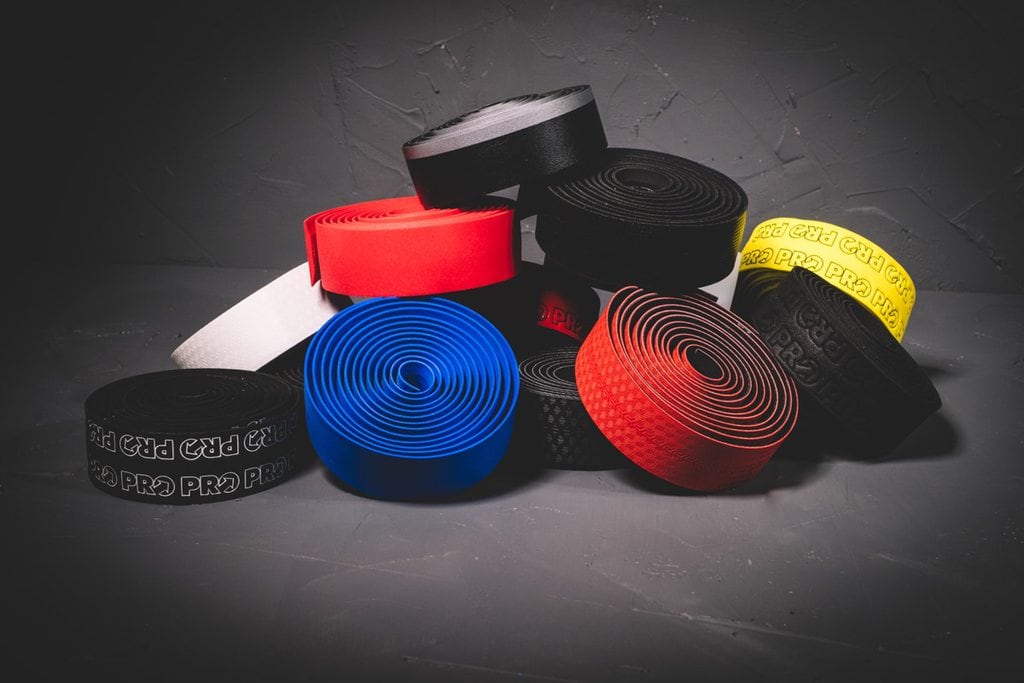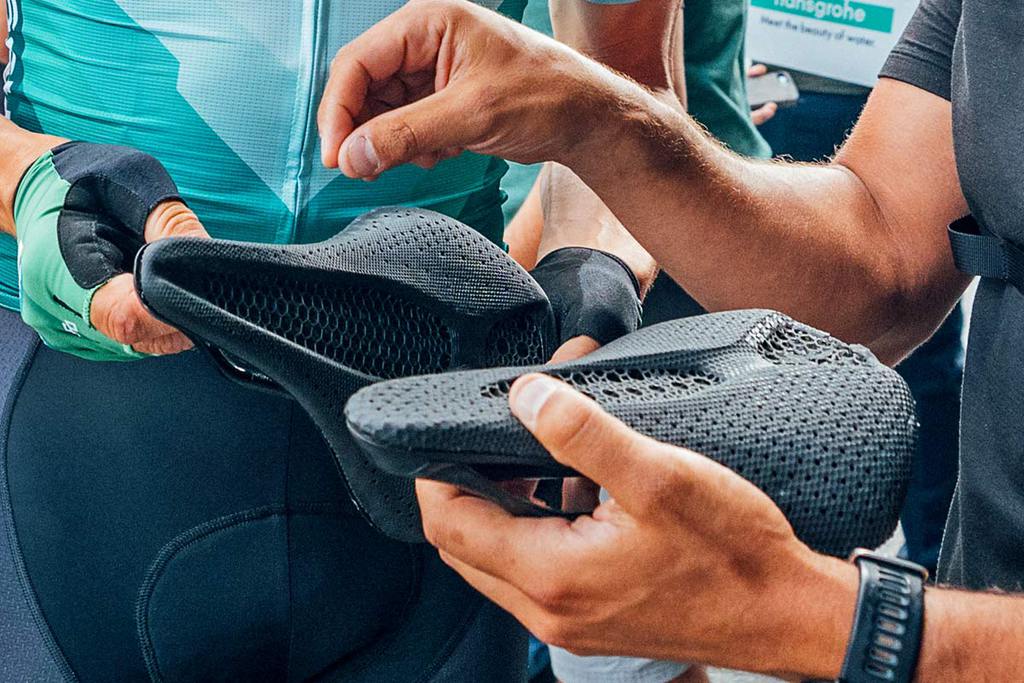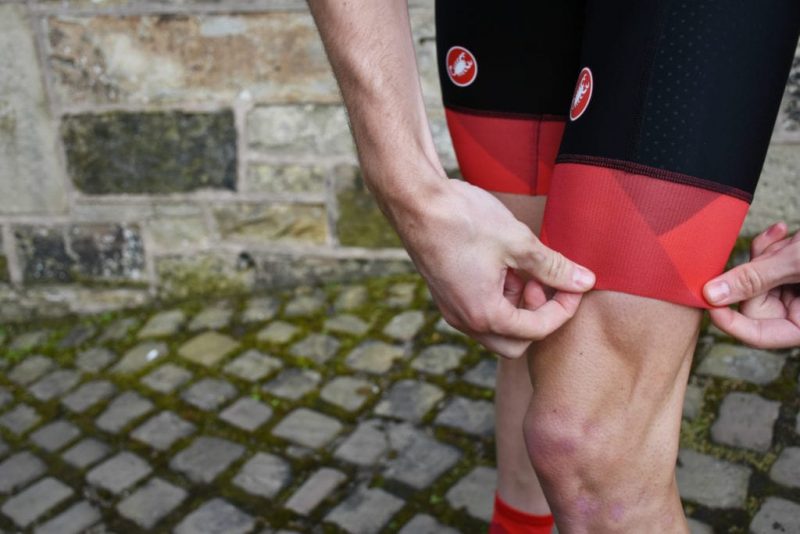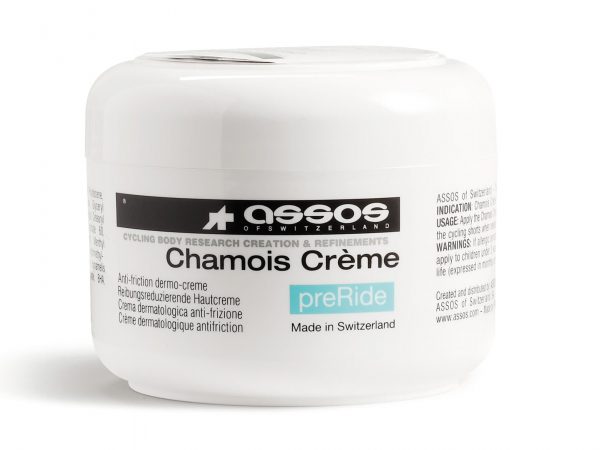A Beginner’s Guide to Bike Saddles
Want to know more about bike saddles before buying one?
You probably asking questions like,
- How do I choose the most comfortable saddle?
- What’s the difference between Chromoly and carbon rails?
- Why some saddles have a cutout (hole) in the middle?
- How much should I budget for a sadde?
… and many more questions like this.
On this page, I’ll discuss everything you need to know about choosing the right bike saddle for your riding style. By the end, you’ll be better informed when it comes the time to get one.
If you want to know about my favorite road bike saddle, go here.
Otherwise, let’s get started.
On This Page
Saddle Shape
Today’s bike saddles are categorized into 2 shapes; flat and contoured. You can easily identify the shape from the sides.
Flat Saddles
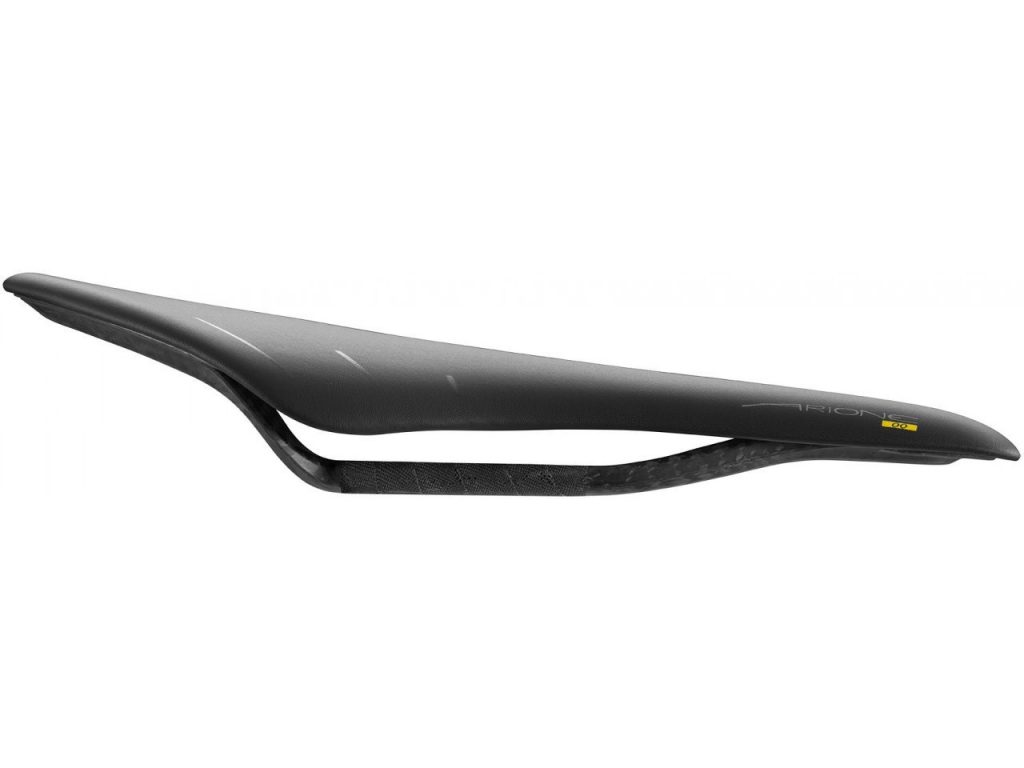
Flat saddles are well, flat. The main advantage of a flat saddle, such as Fizik’s popular Arione line and Specialized Power, is the ability it gives you to easily slide forward or backward depending on your desired position.
Climbing?
You can easily slide to the back of the saddle and assume an upright position.
Down in the drops?
Flat saddles allow you to easily slide forward onto the nose. This versatility makes them particularly useful on road bikes, on which the handlebars allow for multiple positions.
- Pros : Slightly less forgiving given the room for fore-art movements while riding.
- Cons : Aggressive positioning, less comfortable.
Contoured Saddles

Some cyclists prefer the stability offered by contoured saddles. Saddles like the Selle SMP Pro are shaped to hold your body into one place, usually at a midpoint between the front and rear of the saddle.
These saddles generally work for riders who are less flexible and stay mainly in the upright position during their ride.
- Pros : Contoured shape is generally more comfortable for most cyclists.
- Cons : Very minimal range of fore-aft movements. Saddle for-aft set up needs to be set up very precisely.
Saddle Width
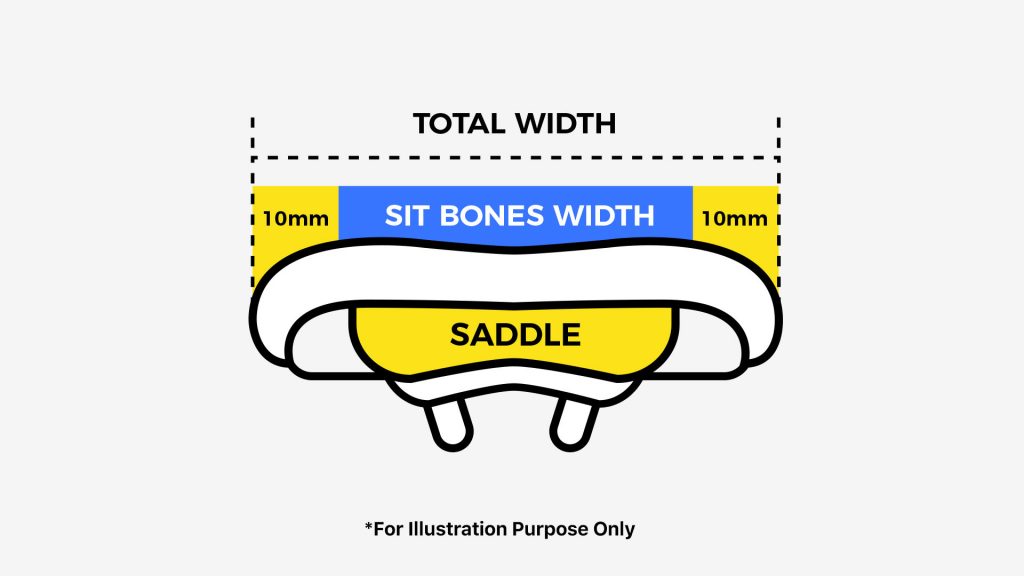
Width is critical when considering which saddle to purchase. Your body engages with the saddle through your sit bones. If they aren’t hitting the part of the saddle that is supposed to support the sit bones, then you likely won’t have a comfortable ride.
Saddle width can range from 130mm up to 168mm, which is about 30% variance.
So how you determine your ideal saddle widths?
There is some rule of thumbs in the industry such as :
- Most men are generally comfortable between the range of 130 to 145mm.
- Women are generally more comfortable in a wider saddle, such as 140mm and above. There are women’s specific saddles, such as Specialized’s Mimic.
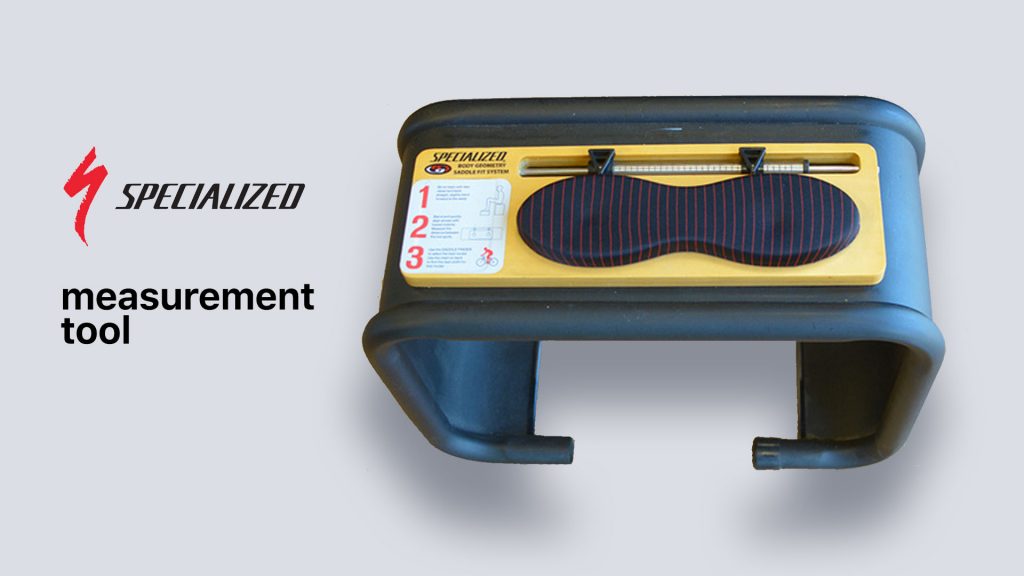
Since saddles are very personalized, you want to get actual measurement data.
Most bike dealers have impression pads that are used to measure the width of your sit bones. You’ll sit on the pads for 30-45 seconds, take the measurement between your two sit bones and compare them against the manufacturer’s recommended saddle widths.
Alternatively, you can take your own sit-bone impression by sitting on a piece of tin foil placed on a carpet.
Saddle Length
Saddles will vary in length. As with any other feature of the saddle, you want what will be most comfortable for you while providing the performance you’re looking for.
Saddles can be split into 2 main categories.
- Standard saddles are usually between 290 to 300mm long. They allow you to slide further forward or backward, giving you more positioning options. This suits riders with increased flexibility who can take advantage of the length. Some examples include Fizik Arione and Specialized Romin.
- Noseless saddles, or short-nose saddles are usually around 15% shorter, ranging from 240 to 250mm. They provide less support when riding in an aggressive position, but some cyclists do swear by them. Some of the popular models include Specialized Power and PRO Stealth saddle.
Cut Outs and Openings
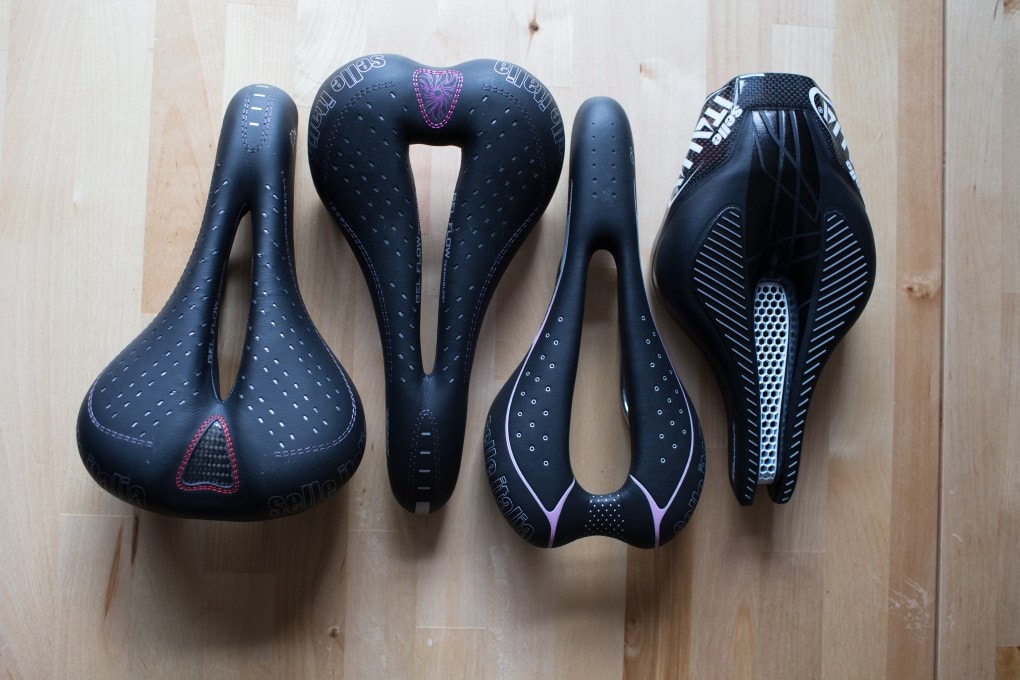
Cut-out saddles include an opening or groove in the center. This opening may just be in the midsection or can run its entire length.
The purpose of this ergonomic design is to reduce pressure on the sensitive veins and nerves located in and around the perineum.
They also theoretically improve airflow. Improper sizing with cutout saddles can be particularly uncomfortable for women as they can place too much pressure on some areas while causing other areas to swell through the cutout.
Ouch!
As is the case with most saddle options, whether cut-outs are more comfortable or more painful comes down to personal preference.
A good example of cut-outs made right is the PRO Stealth and Specialized Power saddle.
Padding Levels
When it comes to padding there is a pretty simple equation; more padding equals more comfort.
Whether it’s an office chair, a seat at a restaurant, or a bike, our bottoms would rather sit on something soft than something hard. That said, as is most often the case in the world of cycling, comfort doesn’t always equal performance. Padded saddles may provide you with a comfier ride, but they are heavier and bulkier.
Performance saddles for racing are stiffer, lighter, and sparse on padding, which can add significant weight. Saddles with heavy padding can weigh as much as 450g, while the top performance saddles weigh under 200g.
Padding can also add bulk, restricting your ability to slide back and forth on the saddle, a must for riders switching from the back of the saddle for climbs to the drops for an aerodynamic position.
With this in mind, look for a saddle that combines comfort with your performance demands.
Shell Materials
The shell is the skeleton of the saddle and decides its shape and flexibility. They can be made from either of the three materials below.
- Plastic (nylon) shells are the cheapest, but heaviest. They are generally found in most low-end models.
- Carbon shells are lightweight, stiffer and cost a lot more. They can be found in the top of the line, performance saddle. A carbon shell saddle with carbon rails can weigh as light as 150g.
- Carbon composite is the best of both worlds. Depending on the manufacturer, the composition of carbon/plastic can vary. These are found in mid-tiered saddles.
In some brands, you can find the same saddle model offered in a top, mid and low range. The main difference is the shell materials.
One such example is Specialized with S-Works Power, Specialized Power Expert and Specialized Power Comp.
Saddle Rails
It used to be that saddle rails were made out of one material – heavy chrome-plated carbon steel.
That all changed in the early 2000s as pros looked for every possible way to cut weight from their bikes. Today you can find saddle rails made from either chromoly or carbon.
- Chromoly is a lighter steel that is hollow. Some manufacturers have even figured out a way to get carbon fiber into the rails by wrapping them in an aluminum coating to protect them from seat post clamps. Chromoly rails are usually found in low to mid-tiered saddles.
- Carbon is usually found in the top of the line, performance saddles. If you look closer, they’re in fact not round but oval, in a 7x9mm in shape. While carbon rails offer the lightest option possible, they also require more care. Seat post clamps can potentially crack carbon rails, so they require a torque wrench for proper installation.
Geek Tip : If you’re switching to a carbon saddle, make sure to check that your existing saddle clamp is compatible with the oval shaped (7x9mm) rails.
Saddle Colors
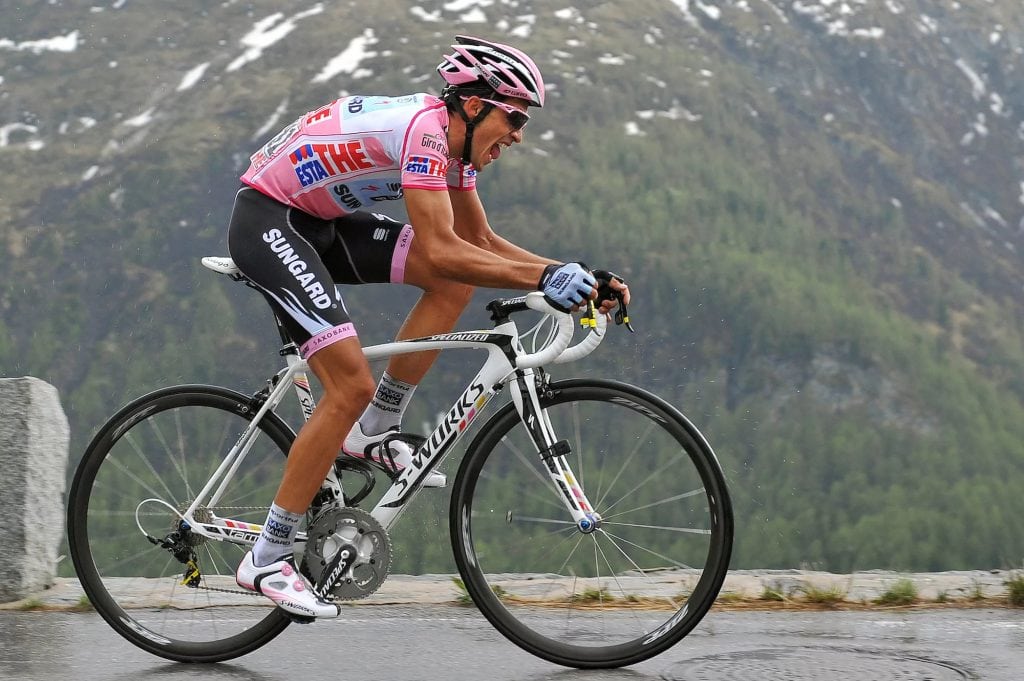
Not surprisingly, most saddles are black.
They see a lot of action and thus a lot of dirt and sweat. Black hides all of that.
That’s not to say that you can’t find other options. In the early 2000’s, white saddles were thought to have the Europro looks. If you use the combination of white saddles and white handlebar tapes, you’re sure to catch some attention in the bunch.
If you’re using any other colors than black, just keep in mind that they will eventually show their age and turn dirty or yellowish over time.
Author Recommended Reads

